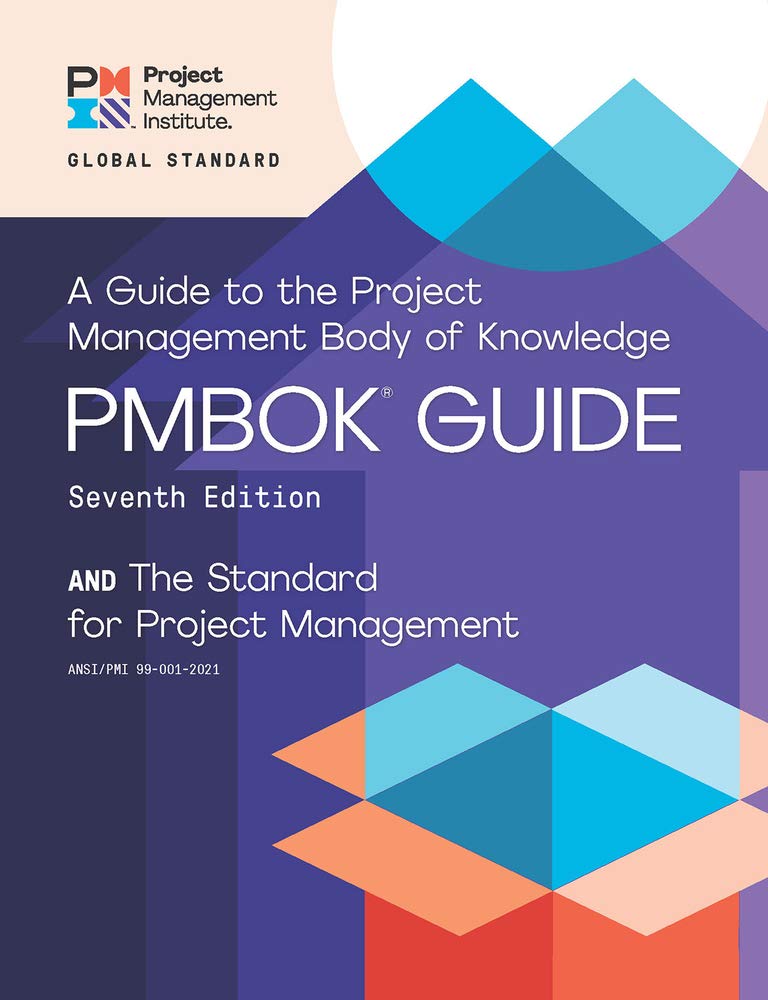
Responsibility
What is Responsibility?
Responsibility refers to the obligation or duty assigned to an individual, team, or department to complete a specific task or achieve a defined outcome within a project. In project management, responsibility includes both the authority to act and accountability for the results. Project managers use responsibility to ensure they distribute work clearly, monitor progress, and meet expectations. When clearly defined, it supports efficiency, teamwork, and overall project success. Without a clear assignment of responsibility, confusion can arise, leading to missed deadlines, duplicated efforts, or unresolved tasks.
Key Points
- It defines who completes what specific task or deliverable within the project scope.
- It must be assigned clearly and agreed upon to ensure alignment and avoid overlap or neglect.
- Unlike accountability, which refers to ownership of outcomes, it focuses on task execution.
- Individuals can share responsibility, but a lead must be identified to ensure completion.
- Tools such as a RACI matrix can help clarify and communicate roles and responsibilities.
Related Terms
- A RACI matrix is a tool used to clarify who is Responsible, Accountable, Consulted, and Informed for each project task.
- Accountability refers to taking ownership of the results of a task, even if the work is delegated to others.
- Role definition provides the framework that outlines the responsibilities and expectations tied to each project role.
- A work breakdown structure helps assign responsibility by breaking down project deliverables into manageable tasks.
- Delegation involves assigning responsibility for specific tasks to others while maintaining oversight of the outcome.
Responsibility: Example
In a website redesign project, the content writer may be responsible for drafting all new page content. Although a project manager oversees the entire process, the responsibility for content completion lies with the writer. When multiple team members contribute, one person should act as the lead. They are responsible for ensuring the team completes the task on time and that it meets quality standards.
Responsibility: Best Practices
- Clearly define them during project planning and document them in the project charter or plan.
- Use tools like the RACI matrix to communicate them across the team and stakeholders.
- Ensure each responsibility has an identified lead to prevent gaps or duplication.
- Regularly review them during project meetings to track progress and adjust as needed.
- Align them with individual strengths and roles to improve efficiency and motivation.
Additional Resources
Preparing for a PMI certification?
- Exam Prep Courses: PMP®, CAPM®, and PMI-ACP®
- Exam Simulators: PMP®, CAPM®, PMI-ACP®, PMI-PBA®, PMI-RMP®, PMI-SP®, PgMP®, and PfMP®
- Professional Development Units (PDUs): 15, 30, and 60 PDU Bundles




